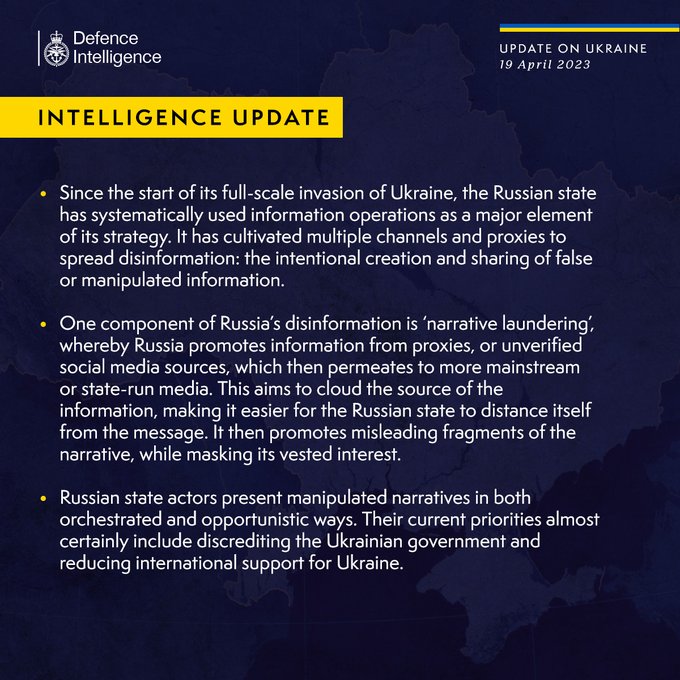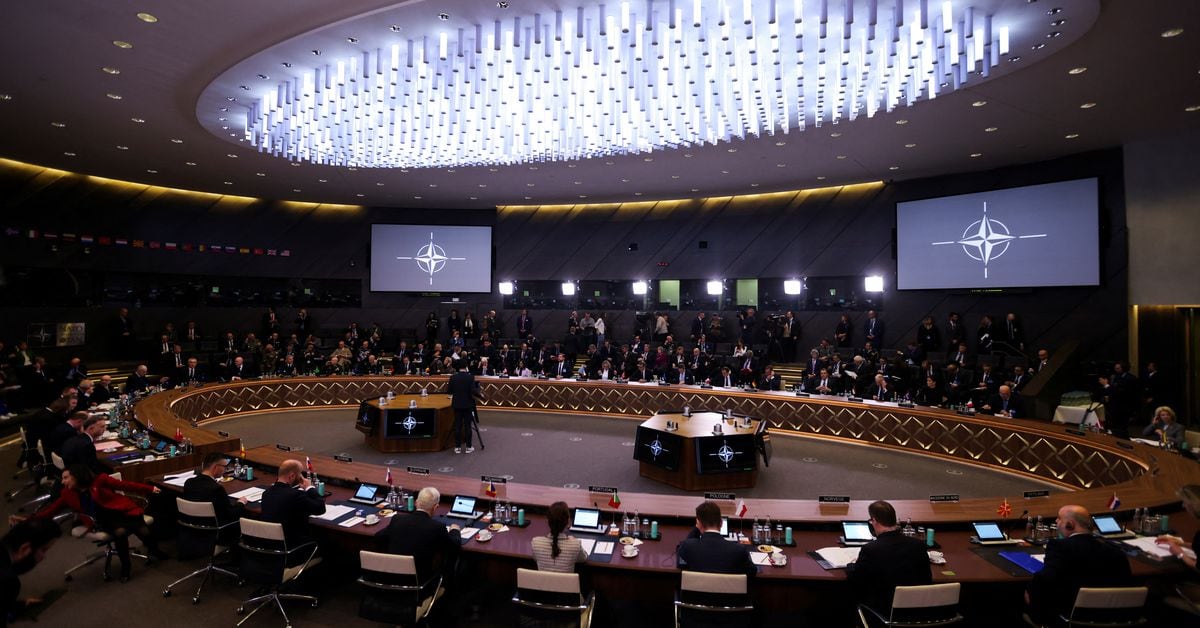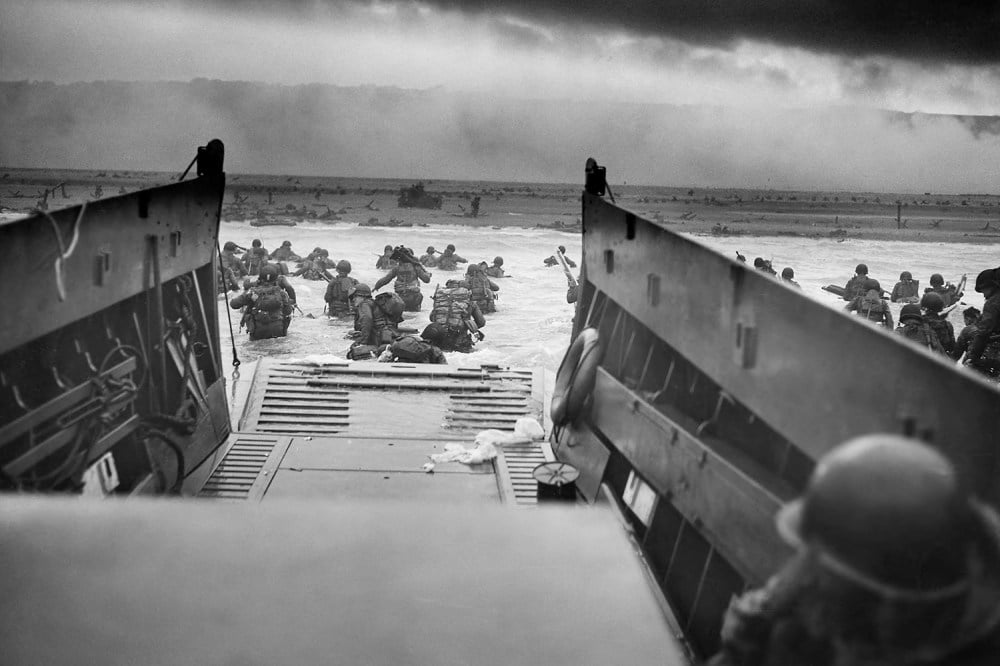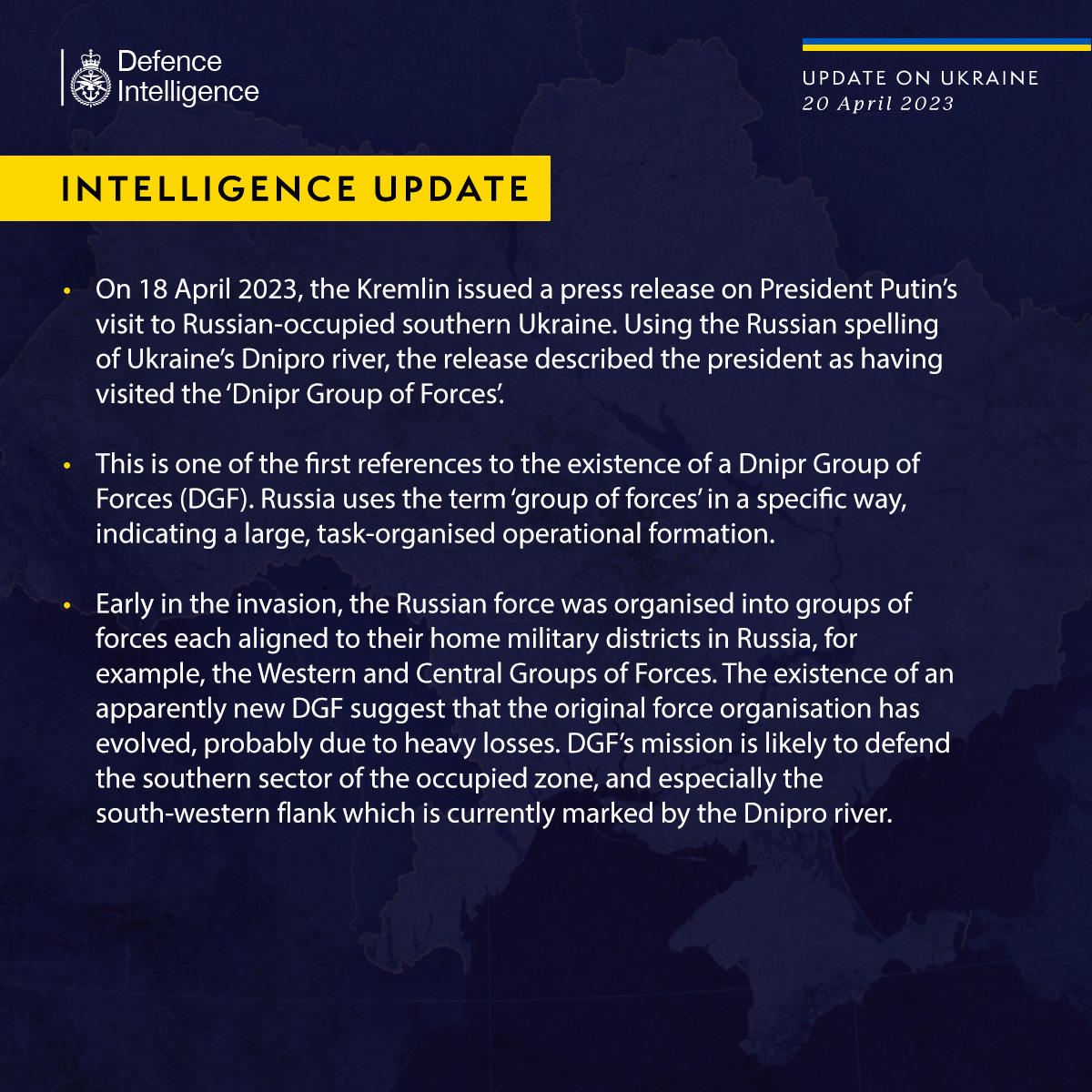Ammo supplies still an issue for the Ukrainians.
You’re on the front line. They’re coming toward you, and there’s nothing to shoot with,” a battalion commander in the 46th Air Assault Brigade told The Washington Post last month. Ukrainian soldiers defending the encircled city of Bakhmut have also reported shortages to local outlets. “We need ammo, ammo, ammo,” Illia, a mortarman with the 3017th unit of Ukraine National Guard, told the Kyiv Independent recently, adding that they often only get 10 shells a day, enough for a minute's work.
A soldier with the Ukrainian 3rd Separate Assault Brigade in Eastern Ukraine, who spoke with The Daily Beast on the condition of anonymity, shared similar stories. He added that despite difficulties, his men continue to fight, inflicting high casualties on the advancing Russian army.
The West, meanwhile, is desperately trying to increase production for Ukraine. On March 20, the EU agreed to increase output and send one million ammunition rounds to Ukraine within 12 months.
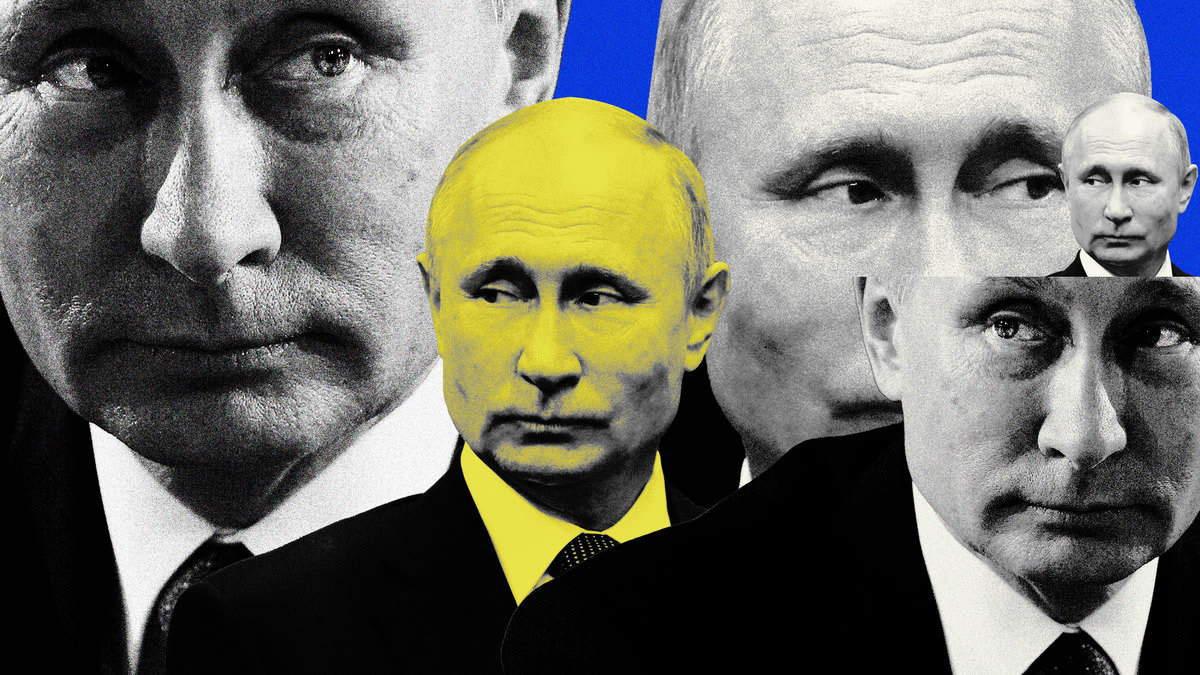
You’re on the front line. They’re coming toward you, and there’s nothing to shoot with,” a battalion commander in the 46th Air Assault Brigade told The Washington Post last month. Ukrainian soldiers defending the encircled city of Bakhmut have also reported shortages to local outlets. “We need ammo, ammo, ammo,” Illia, a mortarman with the 3017th unit of Ukraine National Guard, told the Kyiv Independent recently, adding that they often only get 10 shells a day, enough for a minute's work.
A soldier with the Ukrainian 3rd Separate Assault Brigade in Eastern Ukraine, who spoke with The Daily Beast on the condition of anonymity, shared similar stories. He added that despite difficulties, his men continue to fight, inflicting high casualties on the advancing Russian army.
The West, meanwhile, is desperately trying to increase production for Ukraine. On March 20, the EU agreed to increase output and send one million ammunition rounds to Ukraine within 12 months.
Troops Reveal the ‘Biggest Problem’ That Is Helping Putin Win Right Now
The Daily Beast accompanied a Ukrainian drone unit near the front lines who warned of an impending crisis.
www.thedailybeast.com

